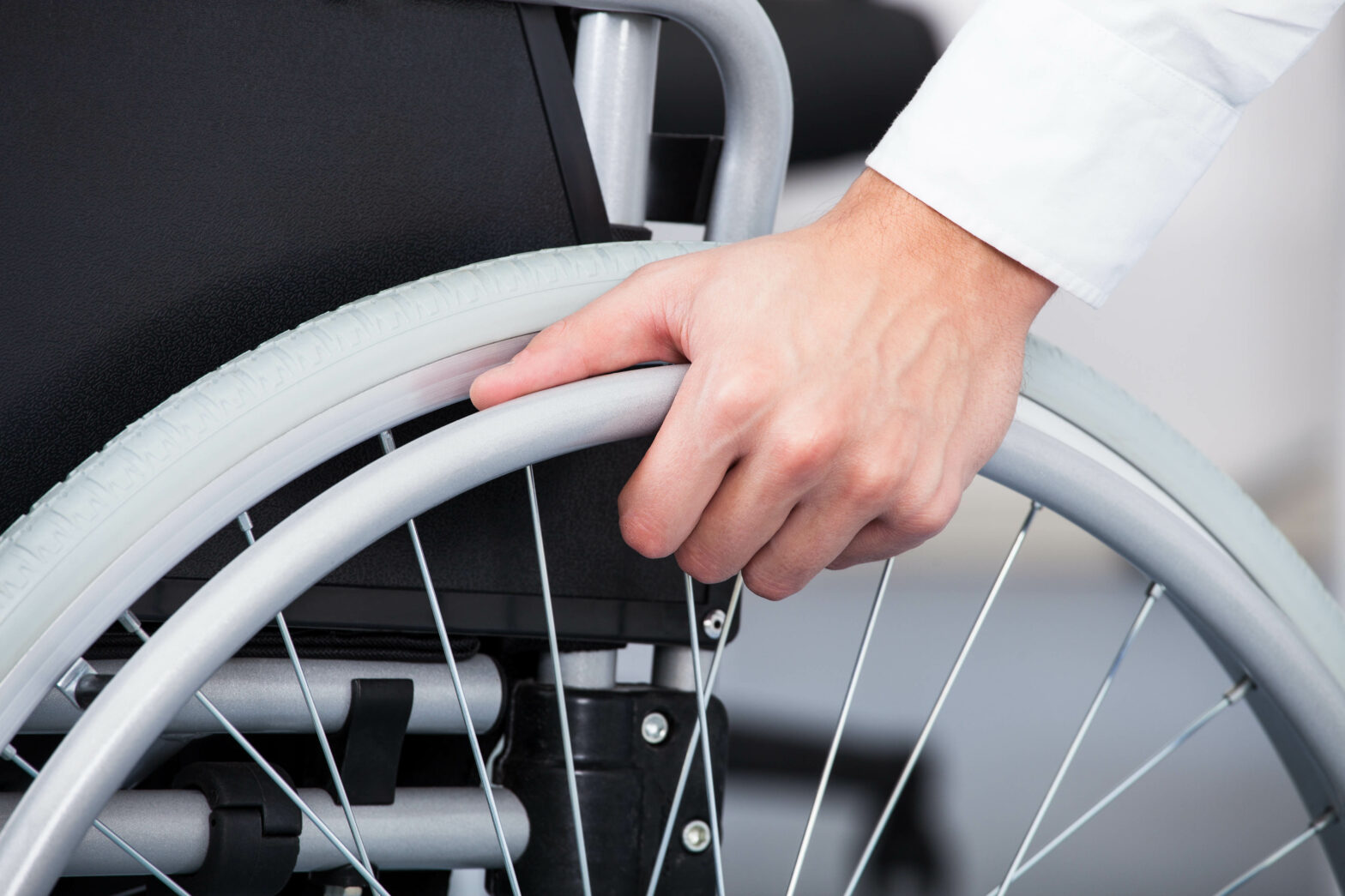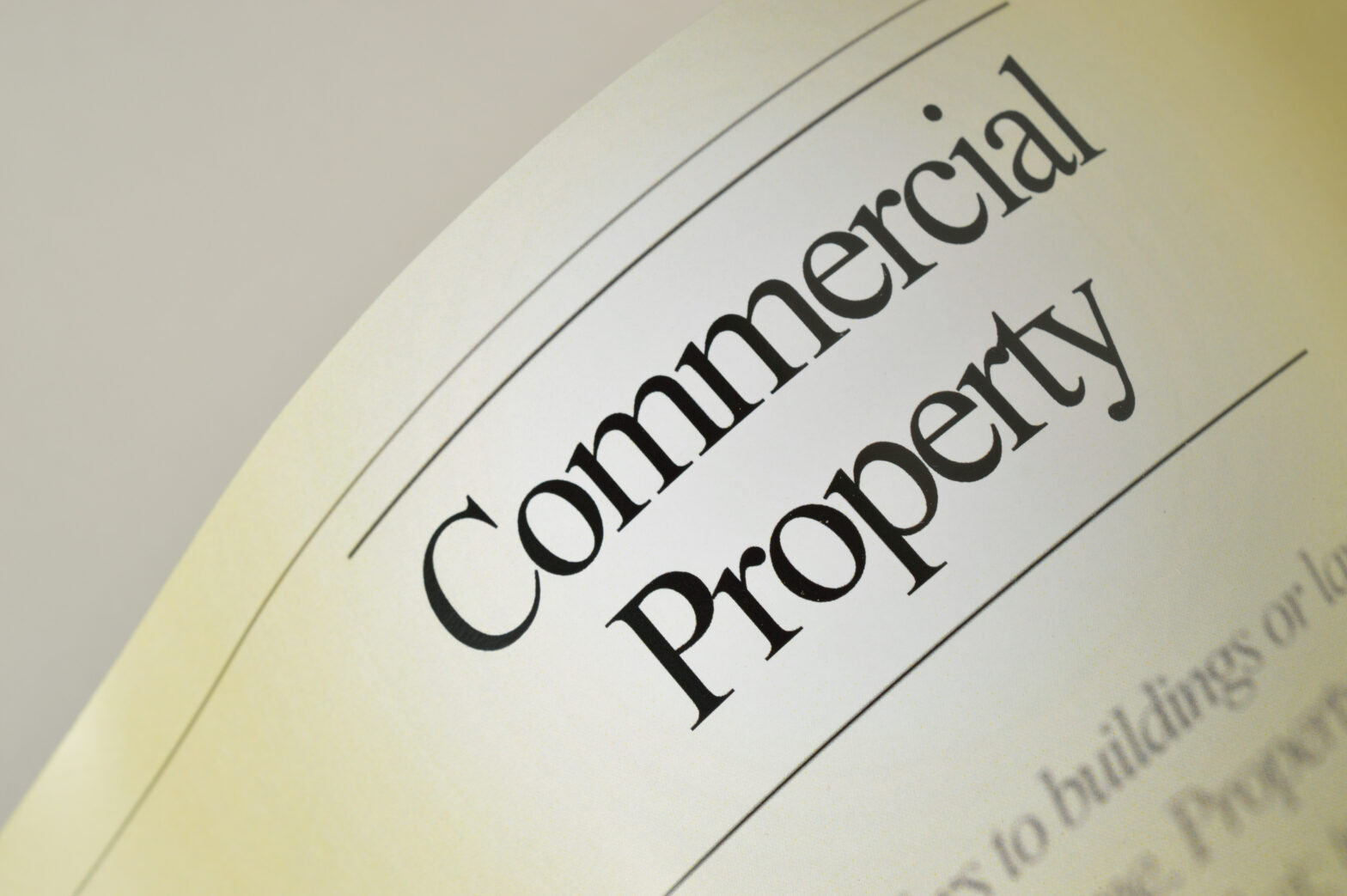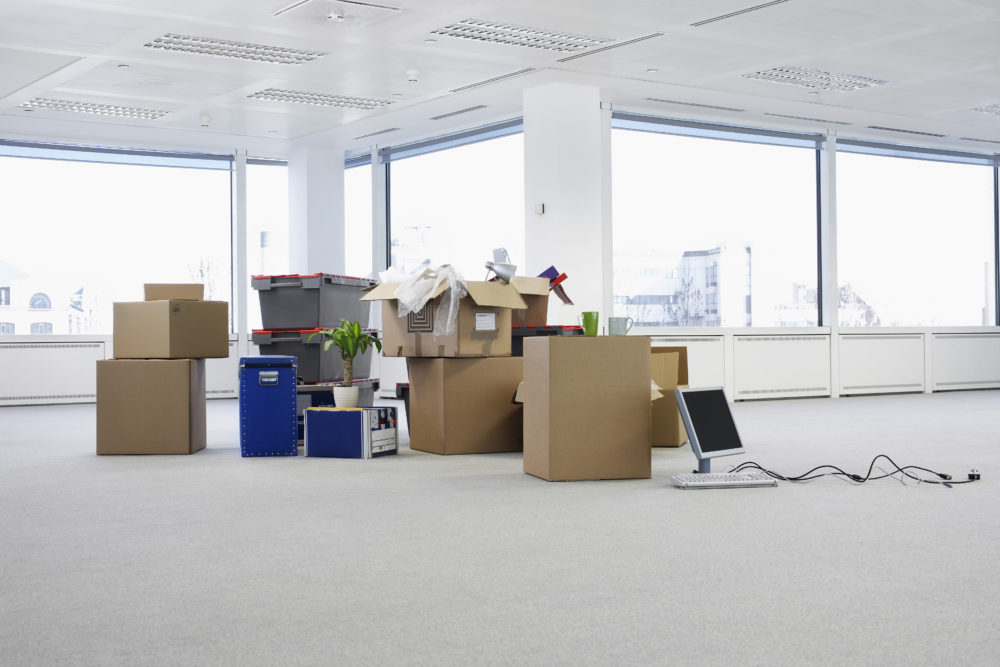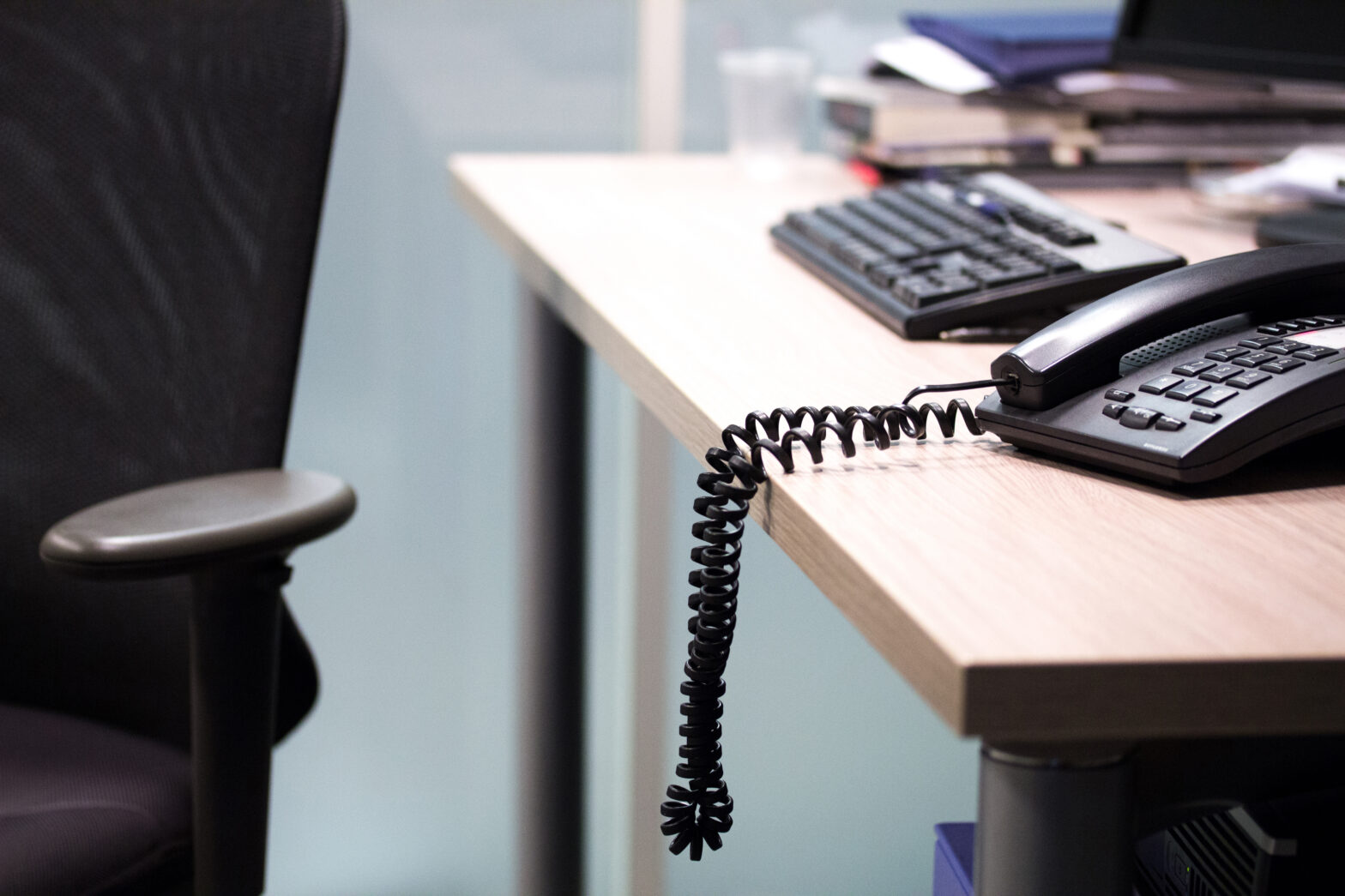Some 54 per cent of disabled people have difficulty accessing shops, while 34 per cent face problems accessing hospitals. An incredible 63 per cent of UK tourist attractions are not fully wheelchair accessible. Not only does this cause problems of discrimination, which business owners should certainly be aware of, but with there being around 1.9% of the population in wheelchairs the UK, it is also losing businesses a lot in revenue.
However, since the 1995 Discrimination Discrimination Act, some companies and individuals have been working hard to be make buildings as accessible as possible. One example is Able2UK team in Glasgow who have been putting on accessible concerts to combat the lack of accessibility to Glasgow music venues.
Given the substantial equality and economic gains possible, is your business putting in enough effort to be wheelchair accessible?
Is your lift actually accessible?
One of the top issues faced by wheelchair users is a lack of adequate lift access within a building. It’s important to note that just because your business has a lift, it does not necessarily mean that your business is accessible to wheelchair users.
There are features of the lift itself that must be taken into account before it can be deemed entirely wheelchair friendly.
Your lift should, for instance, have a long enough delay on its door closing mechanism to allow wheelchair users to safely enter the lift. Your lift provider will make it clear if they work with disability specifications in mind, like Premier Platform Lifts which lists the DDA and Equality acts, alongside Part M of the building regulations.
Can a wheelchair user easily move around the building?
Another issue faced by wheelchair users is the lack of ramps within buildings, which can occasionally be overlooked as demonstrated by the fact that 20 per cent of high street shops had no ramps for wheelchairs at the end of 2014. A step lift, incline lift or a ramp can make a great deal of difference to the accessibility of different areas of your building.
Businesses should also take notice of their flooring, asking a few simple questions, like: Is the flooring slip-resistant? Are there any places in which it isn’t secured to the floor properly? While these are elements that are important for general health and safety, presenting trip hazards, but they can cause serious access issues to wheelchair users within your building.
Is there an accessible toilet available?
A huge 40 per cent of restaurants and a third of department stores were also found to have no accessible toilet in the 2014 DisabledGo audit. Accessible toilets should follow a number of regulations, such as the importance a lower toilet pan, toilet tissues as opposed to toilet roll and an appropriate rail.
The importance of accessible bathrooms cannot be undervalued and should be taken very seriously by businesses, particularly those in service industries.
Equality and revenue
The moral implications of making your business accessible are obvious and incredibly important, but many business owners aren’t aware of the revenue possibilities.
There are happy endings to accessibility issues too of course. For example, in July 2014 Thames Water asked Emerson Crane Hire to help rebuild a disabled bridge at Oxford Sailing Club used to allow disabled sailors to board the pontoon which had been damaged by the storms in February that year.
However, such stories are few and far between. Ultimately, the 12 billion disabled people in the UK have a spending power estimated at £200 billion. Not only is it a market that businesses financially can’t ignore, it is also a market that shouldn’t be ignored.
See also: UK SMEs need better advice to cater for disabled customers





